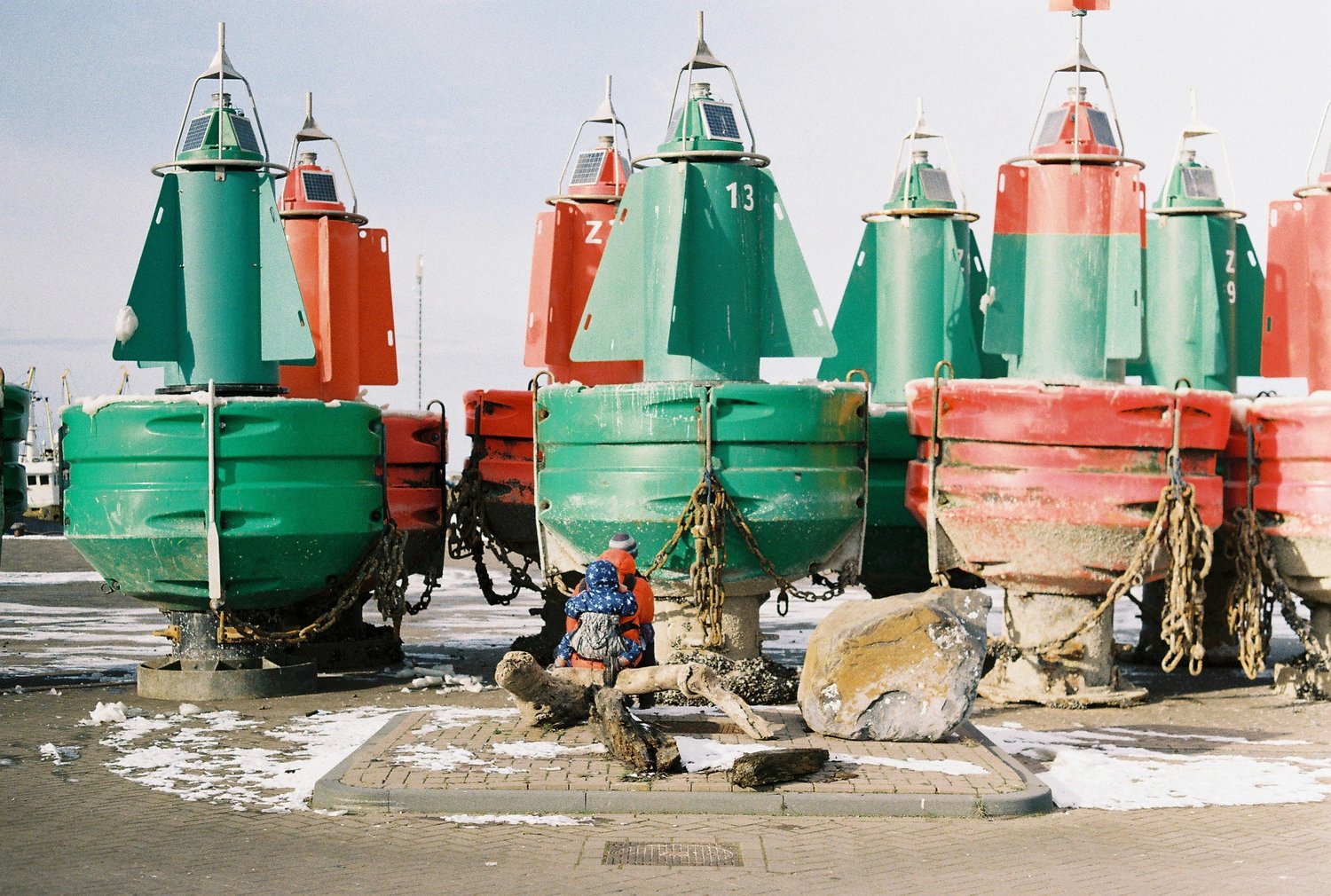Philanthropy is not a model that can stand toe-to-toe against the pace of our marine degredation. We need something else.

I have been spending quite a lot of time recently whining about why we need to be managing excess nitrogen. As a reminder:
Society relies heavily on healthy oceans to thrive over the long term.
Society’s responsibility to the environment can therefore not end at the shoreline.
Just as excess carbon dioxide is widely damaging our planet, excess nitrogen pollution is deeply negative in our air and soil and is one of the primary threats to coastal water quality globally.
Nitrogen emissions reduction from building, transport, farms and factories are vital to restoring a good nutrient balance.
These four steps are where most countries (that recognise the problem) have reached from a policy perspective.
There are a few places and people that have recognised that there are limitations to applying emission reduction strategies exclusively. These limitations revolve around three key topics:
Legacy Nitrogen – Legacy nitrogen describes that in the vast majority of cases it can take decades and even up to a century for nitrogen to leave a source and reach coastal areas. It was realised that nitrogen emission reduction was not producing commensurate decreases in eutrophication in coastal waters. It is clear that nitrogen emission reduction is vital. However, emission reduction will only have a very delayed effect on nitrogen reaching coastal areas. In many cases we might have loaded the entirety of industrial agriculture into our soils already, with no way to intercept it before it reaches the ocean.
Economic Efficiency – Terrestrial nitrogen efficiency measures can only be economically taken so far with current technology before damaging the business model of emitters. LCCA (Levelized Cost of Carbon Abatement) analysis is already used to assess the economic efficiency for the range of different decarbonisation interventions. It is too expensive to our economy to just pursue reduction.
Social and Economic Pressure –Pressure on the farming or home building industries can only be taken so far before there is tension and unrest. Further, erosion of these industries will ultimately lead to erosion of a nation’s social cohesion and prosperity. Nitrogen management has already met this tension in the Netherlands.
Regeneration of ecosystems that naturally process and sequester nitrogen can reduce the impact of excess nitrogen pollution in marine environments. Oyster reefs do a great job at short circuiting eutrophication and tackling the unmanageable legacy nitrogen. They are also a separate S curve, another abatement intervention, making nitrogen management more cost efficient.
They help spread the social and economic pressure and could be placed in areas with minimal opportunity cost. Farmland in the UK and the Netherlands is some of the most expensive in the world. Degraded marine protected areas already designated for protection cannot be used for other activities (making opportunity cost synthetically close to 0).
Beyond all of this though, ecosystem regeneration in degraded protected areas is pretty unambiguously a good thing over the long term for a lovely variety of great reasons that I don’t think I need to explain here.
In order to monetise the nitrogen job that the oysters do, a catchment based approach is needed. One that takes into account the entire terrestrial watershed and the coastal outputs in a single management plan. This is tricky, but luckily, for Europe, a blueprint already exists. In the Chesapeake Bay, oyster generated nitrogen credits are already available to purchase vertically across the catchment.
Mitigation at the coast, at the end of the catchment, is already part of a recognised reduction strategy for emitters. It also has a lovely benefit of saving the taxpayer money as it is the polluter that pays for this cleanup and funds the creation of these bountiful oyster based ecosystems.